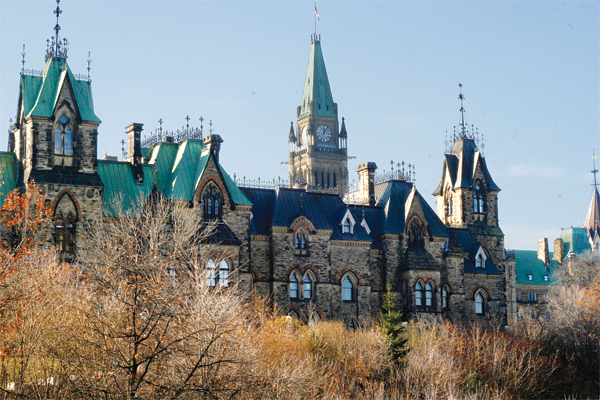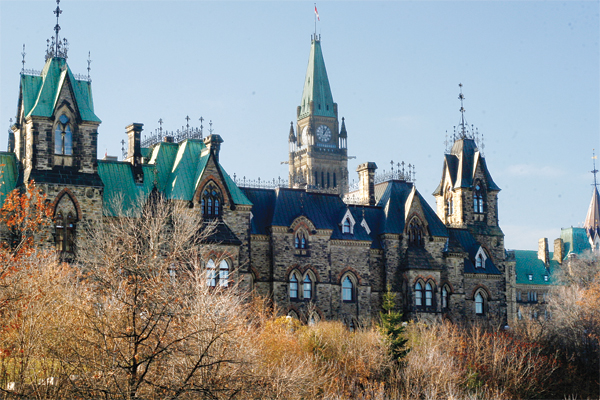The lowdown on what party platforms mean for student voters
Issues related to post-secondary education, such as rising student fees and debt will have an impact on how students choose to vote for this upcoming election. As election day nears on Oct. 19, here is your student guide to the four main parties’ pledges to students.
Conservative Party of Canada plans to:
Add up to $515 million a year to fund First Nations education and another $500 million over three years to fund education infrastructure. Specifically for post-secondary education, it plans to put an additional $50 million a year towards a program that helps aboriginals in post-secondary institutions.
Julian Di Battista, Conservative candidate for Toronto Centre, did not return calls or emails to comment on his party’s policies for students.
NDP plans to:
Spend up to $586 million to help young Canadians get jobs and pay for post-secondary education. This is an increase from the $140 million previously budgeted for young Canadian students.
“The NDP is committed to improving employment opportunities for young people, including those entering the workforce. At a federal level, we will take concrete steps to create 40,000 jobs, paid internships and co-opportunities,” Linda McQuaig, candidate for Toronto Centre, clarified in an email.
Liberal Party of Canada plans to:
Invest $50 million in additional annual support in the post-secondary student support program, providing additional financial assistance to indigenous students attending post-secondary schools.
Invest $40 million annually to create more co-op placements for students in science, technology, engineering, mathematics, and business programs to help employers create new placement opportunities for students.
Pay 25 per cent of a co-op placement salary, up to a maximum of $5,000, to an employer that creates a new co-operative placement.
Work with provinces, territories, and post-secondary institutions to develop or expand pre-apprenticeship training programs, providing up to $10 million per year to help young Canadians gain the skills they need to enter trades in high demand.
Bill Morneau, Liberal candidate in Toronto Centre explained that Liberal Party policies are focused on growing the economy and increasing jobs for youth.
“For youth, we have said that we will invest $1.3 billion dollars over the next three years in youth employment strategies, which is 13 times more than the NDP have said that they are going to invest. And when we say we are going to invest 13 times more than they are, that’s really important for young people to understand, because you can claim that you are going to do something, but if you are not going to put the funding behind it, it’s not going to actually happen.”
Green Party of Canada plans to:
Develop a Youth Community and Environment Service Corps that will provide federal minimum wage employment for 40,000 youth aged 18 to 25 every year for the next four years, at a cost of $1.25 billion a year.
Award a $4,000 tuition credit to each participant, at the successful completion of each year-long program, that can be applied to further education and training.
“There needs to be a clear understanding that the increasing cost of tuition fees often times is an income barrier,” said Linh Nguyen, Green Party candidate in Mississauga Centre. “What really sets the Green Party apart from all of the other parties is our plan to abolish tuition fees by 2020.”
“If students’ debt upon graduating was capped at $10,000 it is simply giving students a chance to live with dignity. These are some of the things that we plan on doing for current students, so that when they are ready to graduate they are not just trying to survive.”



